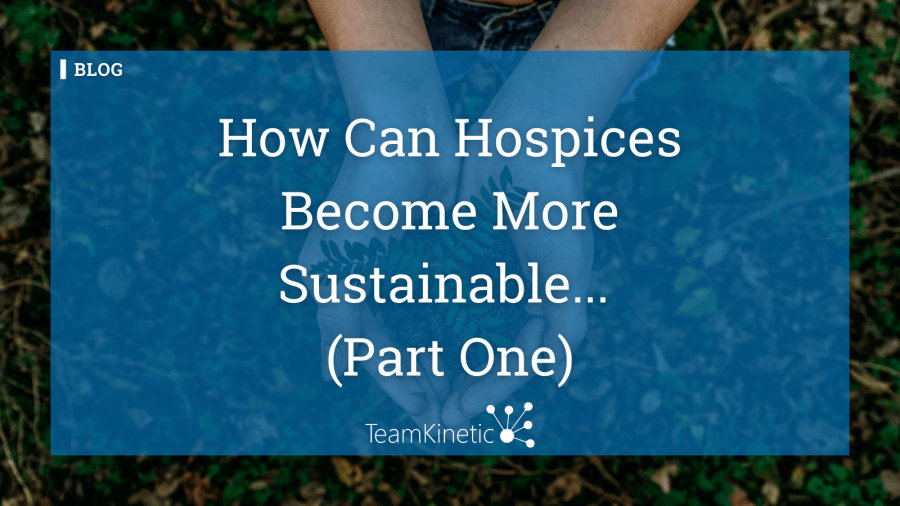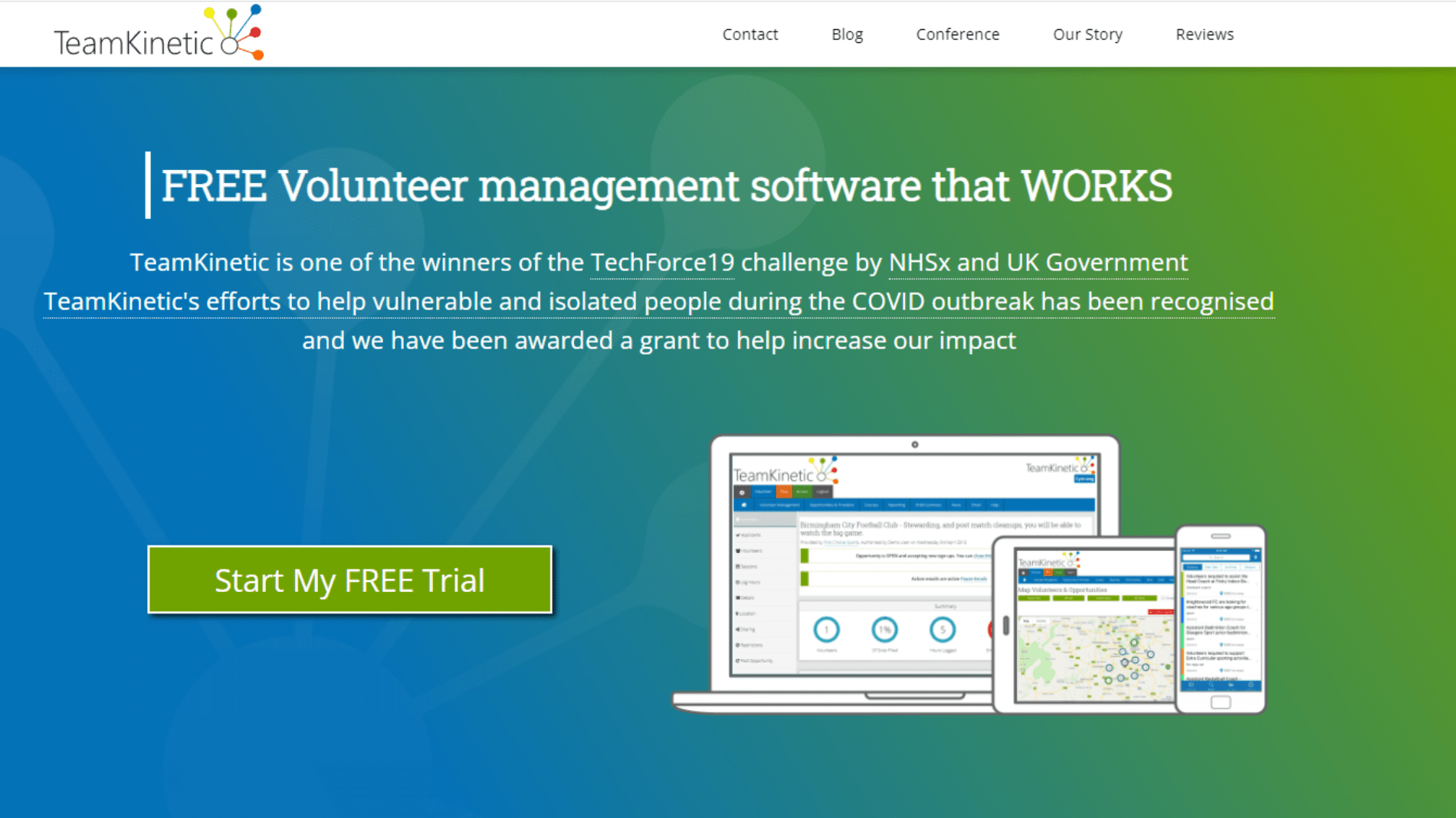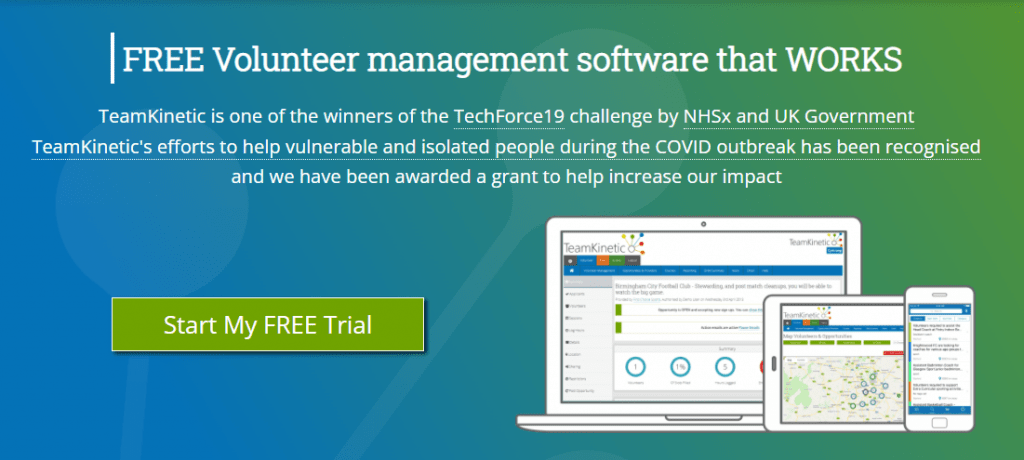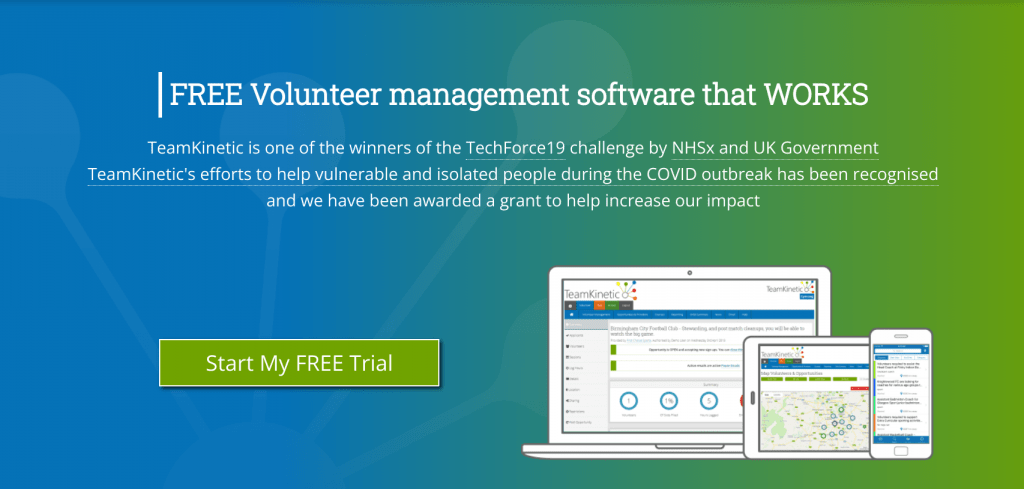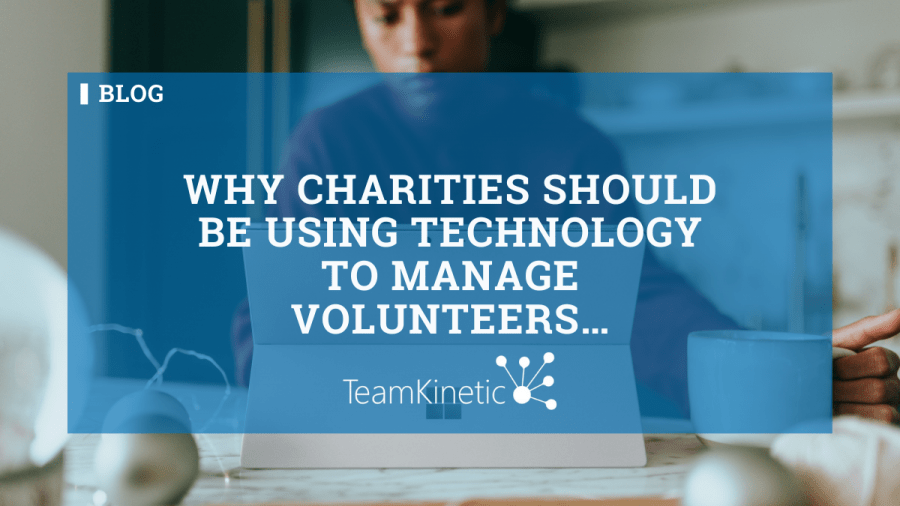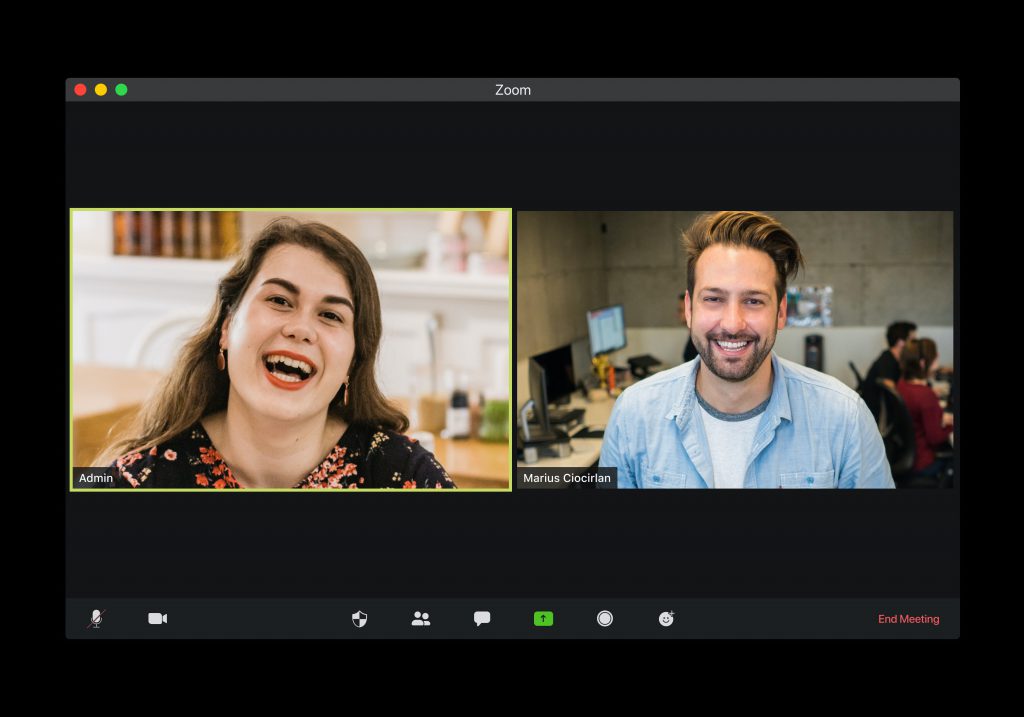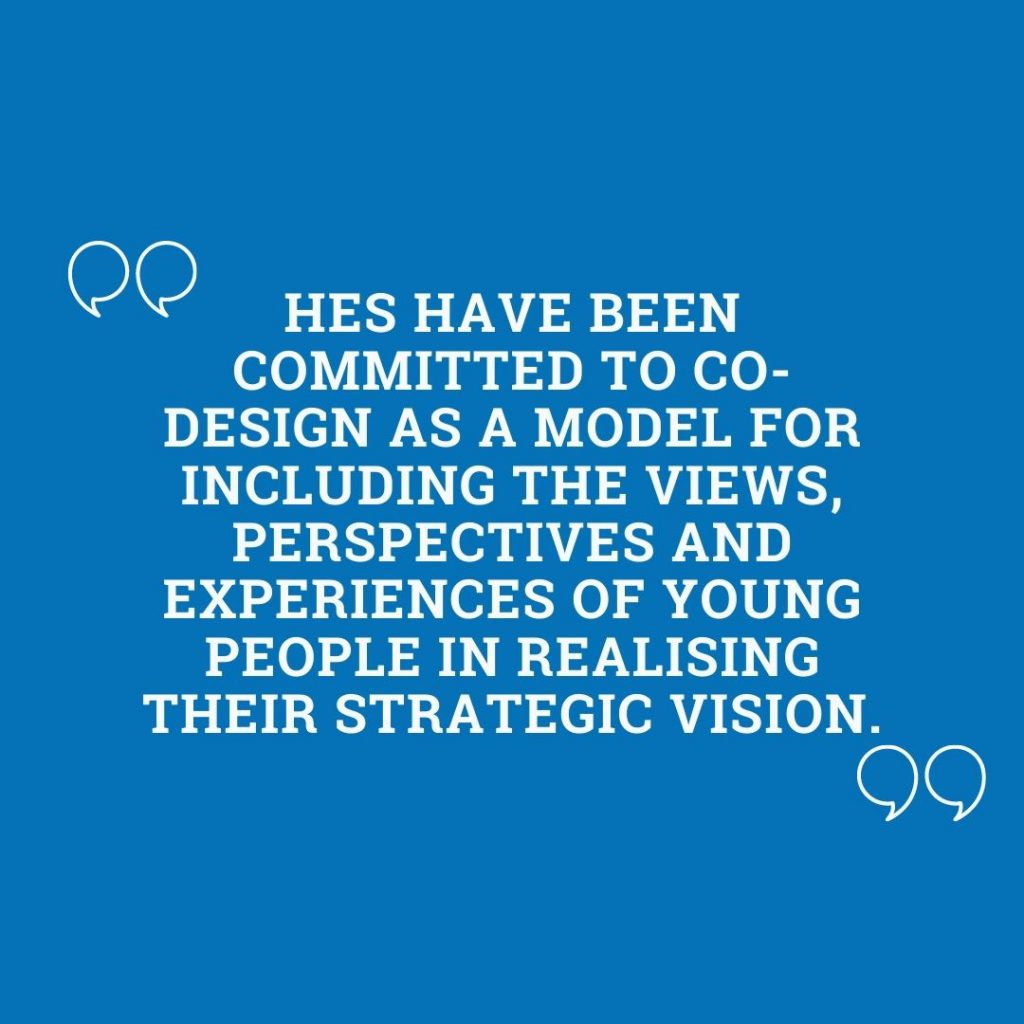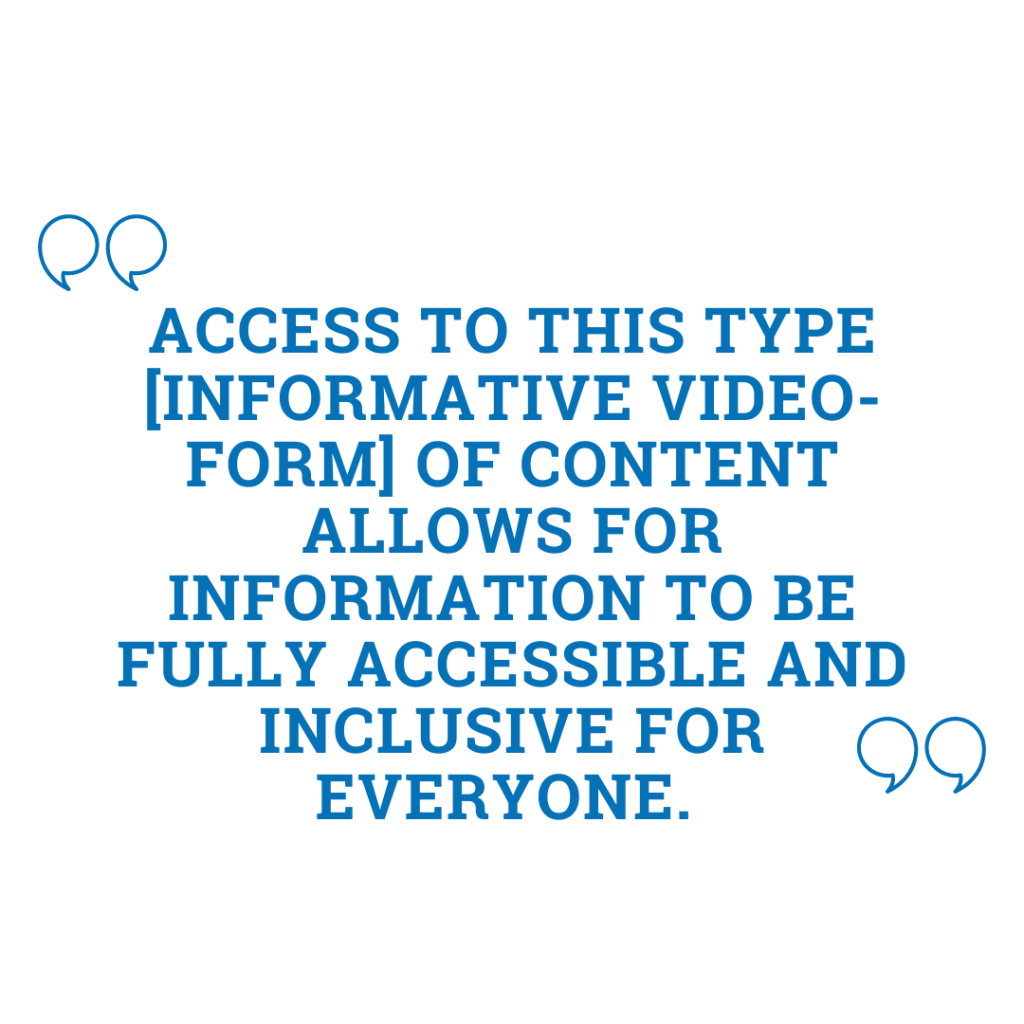
Can hospices become sustainable? It’s time for part two. In last week’s post we delved into the first 5 principles, today is the final four! Hopefully this has helped you to start thinking about how your hospice can become more sustainable…
Become cost effective to be sustainable…
A threat of a severe recession and climbing competition for charitable giving could leave a lasting decrease in charitable revenue. Maintaining a grip on Hospice finances and implementing sustainable practices means there’s a chance to maximise cost effectiveness. However, it isn’t easy to develop cost effective routes. When handed a sustainable alternative, there is rarely any evidence that proves it true- but alternative practices have to start somewhere.
Stakeholders spoken to by Hospice UK want all Hospices to be aware of their own visibility. This way, they’re able to identify services which need to be redesigned for sustainability. Being more transparent about financial positions with commissioners has led to balanced financial risk in numerous areas.
Key benefits and outcomes of greater control of costs:
- “The operational model for each service delivers agreed outcomes and benefits.”
- “Proactive and reactive: anticipate critical issues and plan for sustainability in advance.”
- “Quantify and help provide an evidence base to support decisions that require major trade-offs.”
- “Increased certainty in responding to current and future demand by taking a rigorous, outcome based approach.”
Maximise your commercial revenue!
There has been a decrease in income for many Hospices, especially retail income over the past 2 years. It means that those Hospices reliant on a particular area of funding are susceptible to downturns and falling trends. So, Hospices are key in finding the effectiveness in their current revenue. The key is maximising commercial revenue.
Hospice UK has found recurring themes that Hospices could explore… Start re-thinking commercial spaces – are you getting the best out of the spaces you occupy? New revenue models, including collaborations, which has always been a strong starter that benefits multiple hospices at once. And teaming up with local third sector parties or partners.
Are you deploying the correct people around your patients?
Start reviewing the shape of your workforce. Deploy the correct people around your patients. Hospices need to start looking into how their workforce is going to look in the future due to the changes occurring across the end of life and palliative care sector. We suggest Workforce Shaping.
Workforce Shaping can determine your team’s structure in the future and what will be required to introduce new ways of working. Hospices should be (re)considering:
- “Consider new staffing models to better deliver care.”
- “Embrace new roles and ways of working.”
Shape careers of the future, sustainably…
To attract people towards a career in end of life and palliative care, a development needs to be made in order to make careers and jobs more competitive. While most stakeholders believe it wouldn’t be sustainable to match NHS pay, they do believe that improving career pathways is a clear step in the right direction. Why not start by finding out why people want to join, stay and perform for your Hospice.
Understand and map out the journeys colleagues can take to move up within the Hospice, within their own career. Once you have this down, can you start to implement it? If you’re struggling on potential pathways, what about?
- Managerial: Allow them to move up the ladder into managerial roles with more responsibility.
- Expert: Build and refine their roles based on their knowledge, skills and abilities while keeping them in the speciality they want.
- Mobility: For those who want to increase their knowledge, allow them to cross functions within Hospices or the NHS – they can increase their skills and abilities too!
Ways to make palliative care a place to grow a career:
- Leadership and Culture: Culture is critical. The challenge for Hospice leaders is to connect the workforce to the ‘core purpose’- to help them see how their job everyday impacts the lives of everyone within their communities.
- Vision and Values: A key factor that attracts people to a career in palliative and end-of-life care is the vision and mission to provide high quality, person-centred care.
- Rotations and Preceptorships: There is a lot of interest across the sector for developing greater opportunities from clinical staff to undertake ‘rations’ across different providers and specialities.
- Devolved Decision Making: Stakeholders noted that covid-19 has helped to break down previous hierarchical structures and devolve decision making to team members closest to the patient.
- Diversity and Inclusion: Hospice leaders we spoke with talked about a desire to create a more inclusive culture where all employees thrive. Many noted that there was still more to be done in order to increase the representation of different diversity groups within the sector.
And there you have it!
And that’s that! Over the past 2 weeks, we hope we’ve been able to give insight into how Hospices can become more sustainable and rounded up The Discovery Phase of Future Vision Programme run by Hospice UK for you too.
If you’re looking for a volunteer management software that can help you:
- Recruit more volunteers than ever before.
- Fully customise your site and volunteer registration.
- Communicate with your volunteers easily, all in one place.
- Motivate and reward your volunteers with our achievement badges or create your own!
Head over to our website and set yourself up a FREE trial!



